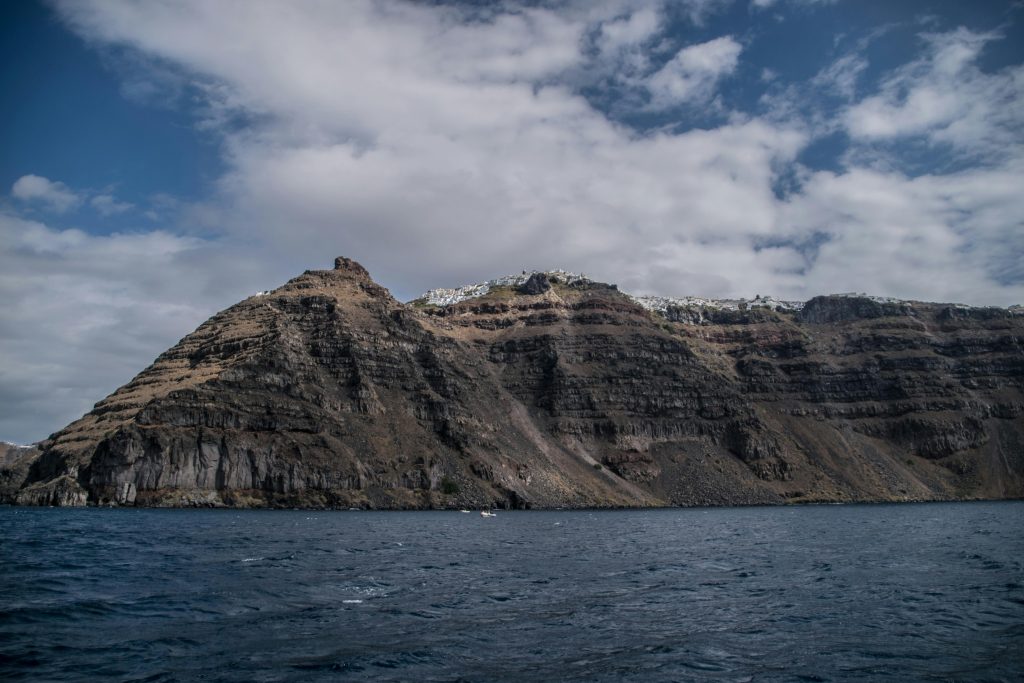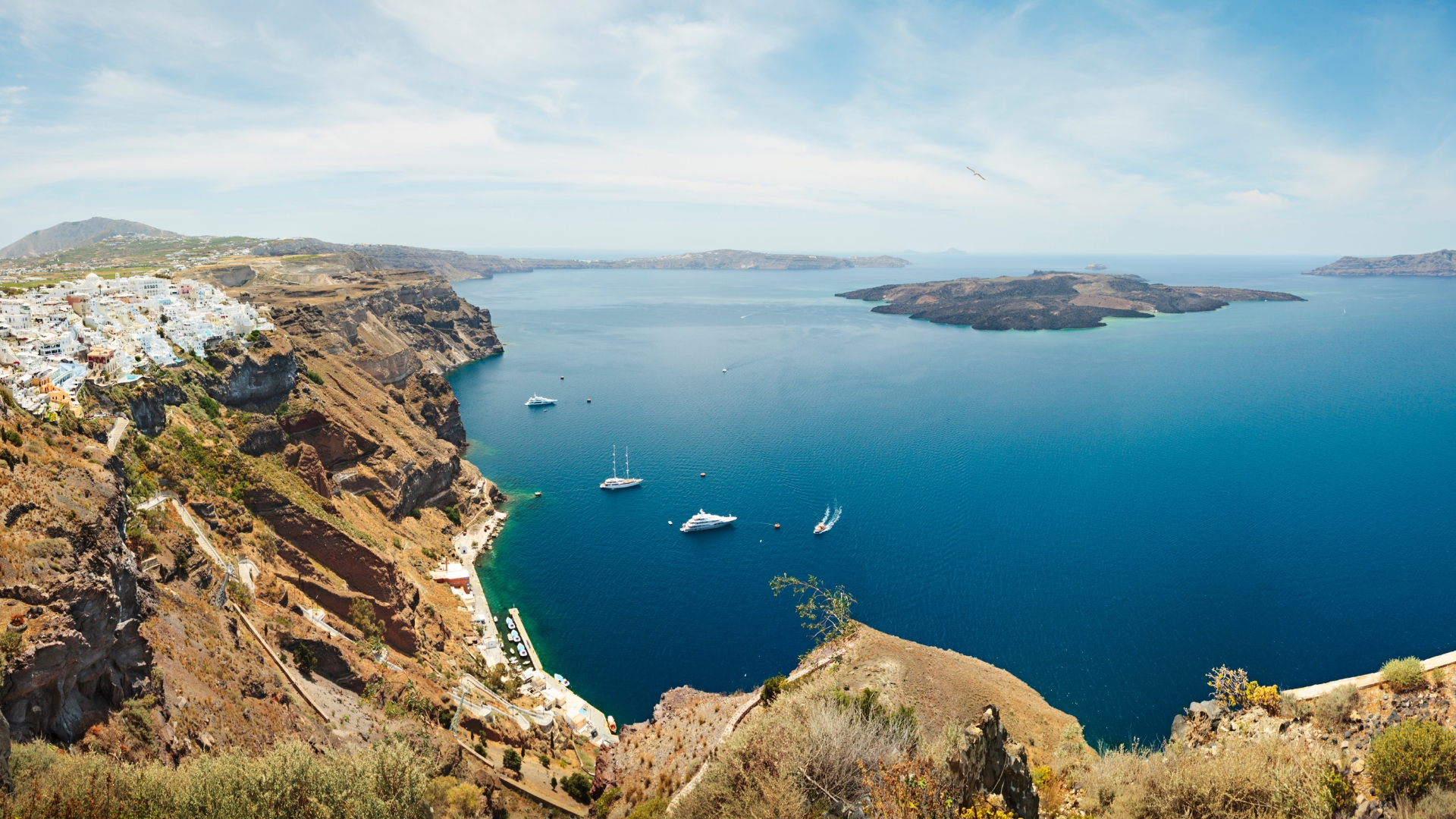The mysteries of one of the world’s most studied volcanoes in Santorini, are beginning to unfold as geologists delve into its submerged history. Recent drilling into the sea floor surrounding the partially submerged volcano has revealed significant insights into its past eruptions.
Santorini is famous among volcanologists for its Bronze Age eruption in approximately 1600 BC, which might have contributed to the decline of the Minoan civilisation on the island of Crete.
According to nature.com, during an expedition between late 2022 and early 2023, researchers discovered evidence of a previously unknown cataclysm.
Half a million years ago, the volcano erupted violently enough to blanket three nearby islands in debris, and it sent underwater currents racing for 70 kilometres. The eruption was much larger than the one in 1600 BC and was one of the biggest ever in this part of the Mediterranean.
Furthermore, findings from the expedition shed light on a significant eruption in AD 726, comparable in scale to the eruption of Mount St. Helens in Washington in 1980. These discoveries reshape our understanding of Santorini’s volcanic history, with Paraskevi Nomikou, a marine geologist at the National and Kapodistrian University of Athens, stating “The history of Santorini is being written again.”

Although scientists aren’t expecting similar eruptions to happen any time soon, the findings add to the growing understanding of the volcanic risk at Santorini, which last erupted in 1950.
Among the most notable discoveries was a thick layer of volcanic rock, known as tuff, indicative of a significant prehistoric eruption. The researchers named it the Archaeos tuff, after the Greek word for ‘ancient’.
It formed around 520,000 years ago when Santorini erupted underwater, sending shards of ash and rock racing outwards like giant avalanches, the team reported in January in Communications Earth & Environment 1 .
As measured by the size of those underwater flows, the eruption was 6 times larger than the 1600 BC eruption at Santorini.
Source: nature.com

